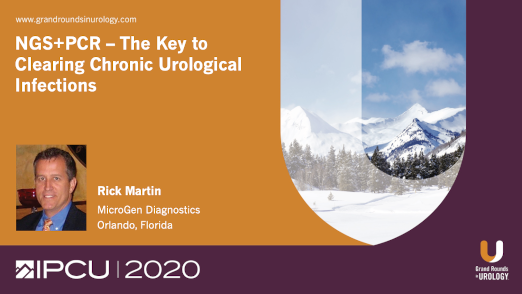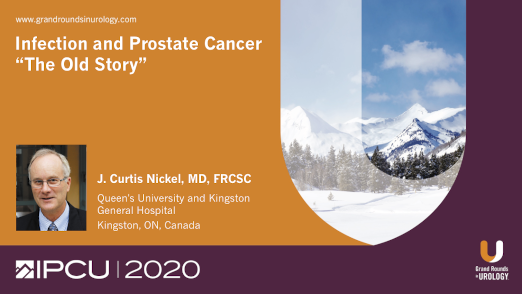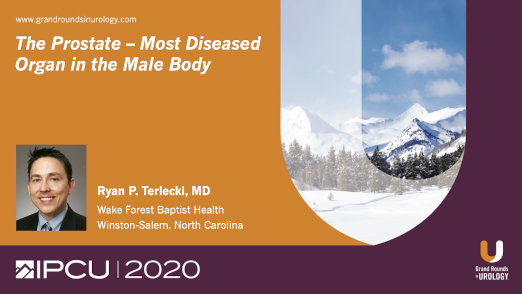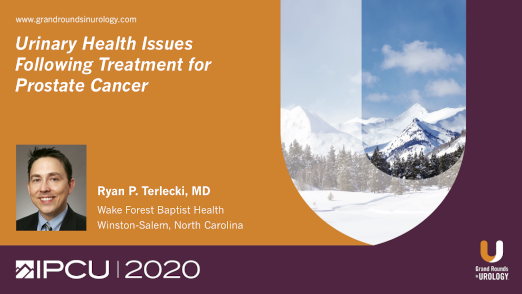Next Generation Sequencing + PCR: The Key to Clearing Chronic Urological Infections
Rick Martin, CEO of MicroGen DX, discusses how his company is working to better detect microbes. He outlines their use of Next Generation Sequencing (NGS) which is faster, cheaper, more accurate, and allows the casting of a broader net in identifying microbe species than previously used tests. Patients with rare and hard to treat UTI infections particularly benefit from this type of testing. This is because bacteria adaption can result in culture ID evasion making these types of tests ineffective, but NGS tests DNA so this issue is not a problem. Martin emphasizes that the real strength of NGS is its database of sequence codes, which to date had more than 50,000 more than any other company or academic center.
Read More




